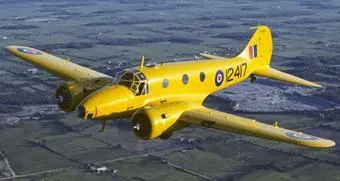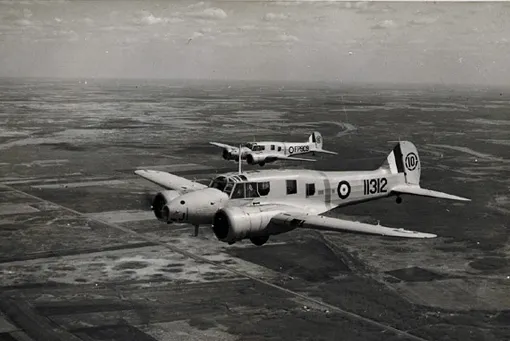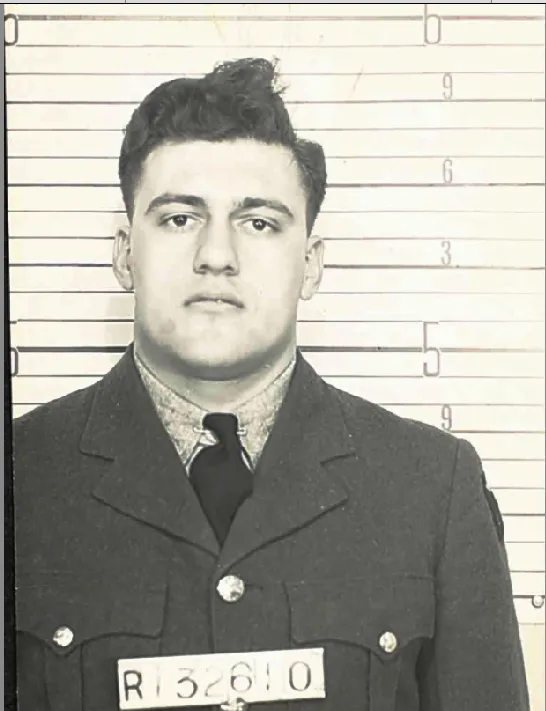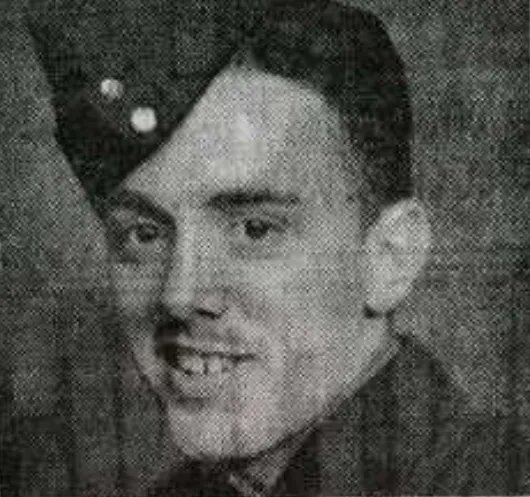Bowler, Kenneth John
Killed in Flying Accident 1942-12-17


Birth Date: 1923
Born:
Son of William and Mary Bowler, of Hanham, Gloucestershire, England.
Home:
Enlistment:
Enlistment Date: Unknown
Service
RAFVR
Unit
32 OTU- Operational Training Unit (RAF)
Base
RCAF Stn. Patricia Bay, British Columbia
Rank
Sergeant
Position
Sergeant
Service Numbers
1315079
This incident involved multiple aircraft:
- Anson Mk. I Serial: R3431
All the above aircraft in the above list are referenced in this report.
Anson R3431
Avro Anson

Canadian Warplane Heritage Museum
The Museum's Anson Mk. V was built by MacDonald Brothers in Winnipeg in 1944. It flew with No. 7 Photographic Wing and No. 414 Squadron in Ottawa on photo survey work until the late 1940s. In 1956, it was purchased by INCO and used for mineral surveying until 1980, when it was donated to the Museum. The exterior is painted in the yellow colour common to all BCATP trainers and is in its same wartime RCAF markings.
The Avro Anson was known by a number of nicknames including "Faithful Annie" or "Flying Greenhouse". It was the first aircraft to be flown by the Royal Canadian Air Force to have a retractable undercarriage, which was a comparative novelty in 1936. In 1940, a Canadian government owned company, Federal Aircraft Limited, was created in Montreal to manufacture the Anson for Canadian use. Nearly 3,000 Anson aircraft were produced and, in the early days of the British Commonwealth Air Training Plan (BCATP), the Anson was the standard trainer for many pilots, observers (navigators), wireless operators and bomb aimers. More than 20,000 aircrew received training on the Anson. In Canadian service, the aircraft was substantially re-designed with the substitution of North American engines and many other airframe and equipment changes.Harold Skaarup web pages
32 OTU (32 Operational Training Unit)
The Operational Training Unit (OTU) was the last stop for aircrew trainees. They spent 8 to 14 weeks learning to fly operational aircraft (Hawker Hurricane or Fairey Swordfish, e.g.). The instructors had experience in actual operations, and often were posted to OTUs after their operational tour.
More information on the RCAF Station at Patricia Bay, British Columbia can be found at:

Anson R3431
Anson Mk. I R3431
To Western Air Command on 19 September 1941, for use by No. 32 Operational Training Unit at RCAF Station Patricia Bay, BC. Flew into the sea north-east of Salt Spring Island, BC on 17 December 1942, while searching for Anson N9560 of the same unit. Five fatalities, including Sgt. A.M. Bellotti, an American in the RCAF, but only two bodies recovered. Had 334:45 logged time when struck off.1941-06-25 Taken on Strength Aircraft Repair 2019-08-20
1942-December-17 Accident: 32 Operational Training Unit Loc: Salt Spring Island British Columbia Names: Bastick | Bellotte | Bowler | Conlon | Maun
1943-02-02 Struck off Strength 2019-08-20
 Commonwealth War Graves Commission
Commonwealth War Graves Commission Library and Archives Canada Service Files (may not exist)
Library and Archives Canada Service Files (may not exist)



 Harold A Skaarup Web Page
Harold A Skaarup Web Page Avro Anson History
Avro Anson History BC Aviation Museum Video On History Of Pat Bay
BC Aviation Museum Video On History Of Pat Bay